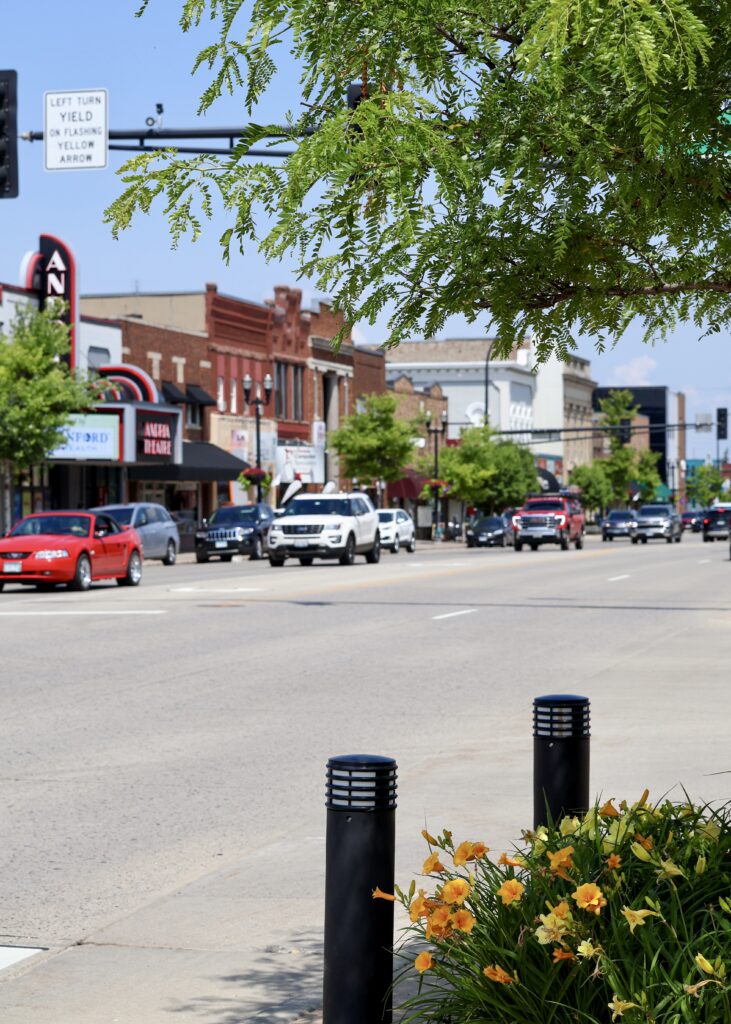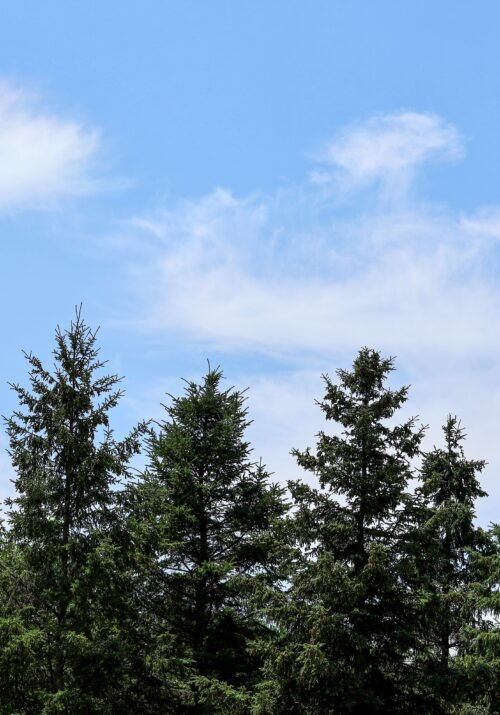
The other day while driving around our charming Greater Minnesota town, I made a list of a few things I noticed for which I had questions and figured others might, too:
- What is happening with the new building going up downtown?
- Who are the candidates for the School Board and when is the election?
- What was the score of the football game last Friday?
- Did the City Council approve funding for improvements to the library, parks, public works and community center?
- Which companies are making a meaningful impact in our community?
In a world where information is everywhere, I found all the answers – and the surrounding context – in one place: The local newspaper.
To back up a bit, for nearly 90 percent of my 20-year public relations career, I worked in a major media market. You couldn’t round the proverbial corner without bumping into a newspaper, magazine, radio station or TV station – not to mention a variety of niche outlets that catered to just about every interest under the sun. To be honest, when my family and I moved to Greater Minnesota a few years ago, one of my main questions centered around the difference between media in a large metropolitan area and a small town.
The answer was clear after a couple weeks of reading the local newspaper and listening to the local radio stations: The journalistic standards are the same, but the priorities are different. Certainly, media from the regional to the national level serve an important role. And yet at the community level, there’s nothing quite like local media.
In thriving communities, local media connects people to the decisions, events, and stories happening in their own backyard. Want to know what the decision the city council or school board made – and why – or how your neighbor’s kid did in Friday’s football game? Check the local newspaper. The same thing’s true if you want to know where to vote, gain a better understanding of the people who determine your property taxes and contribute to the quality of schools your kids attend.
While across the country, news deserts are increasing at a rapid rate, the perceived importance of local media remains surprisingly high. According to Pew, at least 85 percent of Americans believe local news is at least somewhat important. And the Knight Foundation reports 76 percent of Americans say they trust local news more than national news.
Here in Minnesota, we have a great example of this. The metropolitan area newspaper – Star Tribune – has recently rebranded from Minneapolis Star Tribune to Minnesota Star Tribune. While a regional outlet like the Star Tribune will never replace local media, the company’s decision to invest in hiring reporters throughout the state to tell more local stories is extremely telling.
Local journalism matters.
For towns that are fortunate enough to have maintained a local media presence, community members and business leaders alike should be doing everything possible to ensure its continued existence. There are a few ways to support local journalism:
- Subscribe to the newspaper.
- Advertise your company in the newspaper, TV stations and radio stations.
- Pitch interview topics to TV stations and radio stations.
- Contribute editorials, columns, commentary and news releases to the newspaper.
- Like, comment, and share local stories on social media.
Perhaps my former boss Warren Buffett said it best, “In towns where there is a strong sense of community, there is no more important institution than the local paper.”
It’s up to us to keep local journalism alive.

Kimberly Albert is a passionate and experienced public relations consultant based in Alexandria, Minn. Her work on behalf of clients – ranging from Fortune 500 to small businesses – has won numerous awards, including a PRSA Silver Anvil of Excellence and SABRE Award by Holmes Report. Kimberly earned a master’s degree from the University of Minnesota Hubbard School of Journalism and Mass Communication, a bachelor’s degree from the 3M Center for Business Innovation at St. Catherine University and an Accreditation in Public Relations from the Public Relations Society of America.



Leave a Reply